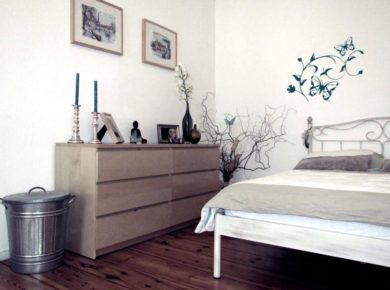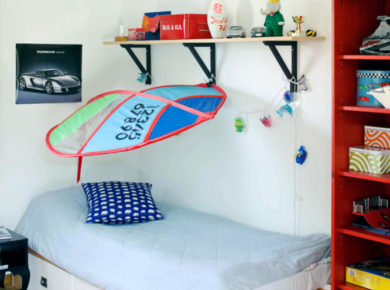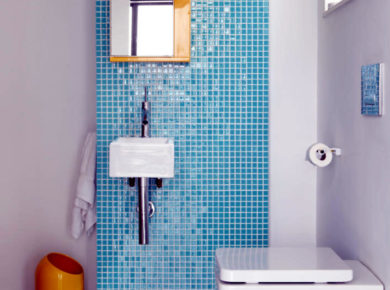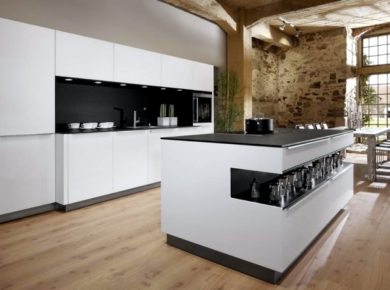
Coverage in the garden looks good, only when it is cut regularly. If you want to cut the hedge, you should do better once in spring and once in early summer. That is just the right shape for your garden evergreen hedge? It offers several design options. Learn the ideas and access to the following drawing scissors!
Cut the cover and customize

The hedges provide the opportunity to protect themselves from unwanted attention in the garden. Also, there is an evergreen garden hedge as a vase bed and delimitation of leaves of space. You need to cut the hedge, so as to cover crops can grow denser and more uniform. As the best form of trapezoidal profile is considered the most common coverage. The trapezoidal section, and in a conical shape, the lid is wider at the bottom than at the top. This gives you a great advantage because enough light reaches the lower leaves.
Cutting Hedge – the correct average is from July to August

There are different types of cuts and guidelines for designing individual garden, as you wish. You need to cut the hedge is the instrument and in particular to obtain information on the proper cutting technique. Perennials and are particularly suitable for cutting hedges. The plants are an excellent cover, for example, yew, laurel cherry, hornbeam, spruce and pine hedges hedges. They are cut entirely consistent, compact and resistant to wind and frost. With a cut evergreen hedge, you have a good privacy in the garden during the cold season.
Evergreen hedge in the garden – real attraction

The coverage provides nesting birds

Profile section for interesting covers

Eye-catcher in the garden

The correct form of the cover

Individual design with evergreen hedging

With hedges to create rooms and spaces in the garden

Cover crops growing rapidly – privacy or garden decoration

Cutting hedges with a narrow base and wide crown

Hedge rapid growth in round shape

Cut the plants cover the height and width desired

Protect your garden from unwanted looks and visitors

Evergreen hedge in the garden

Garden hedges cut well

Bevel sides

Dimensions of the single shell

Find and form a contrast in the garden

Cover as a room divider and a privacy screen

Cover pot as a bed

Provide nesting sites

Water features in the garden to make your stay an unforgettable experience









